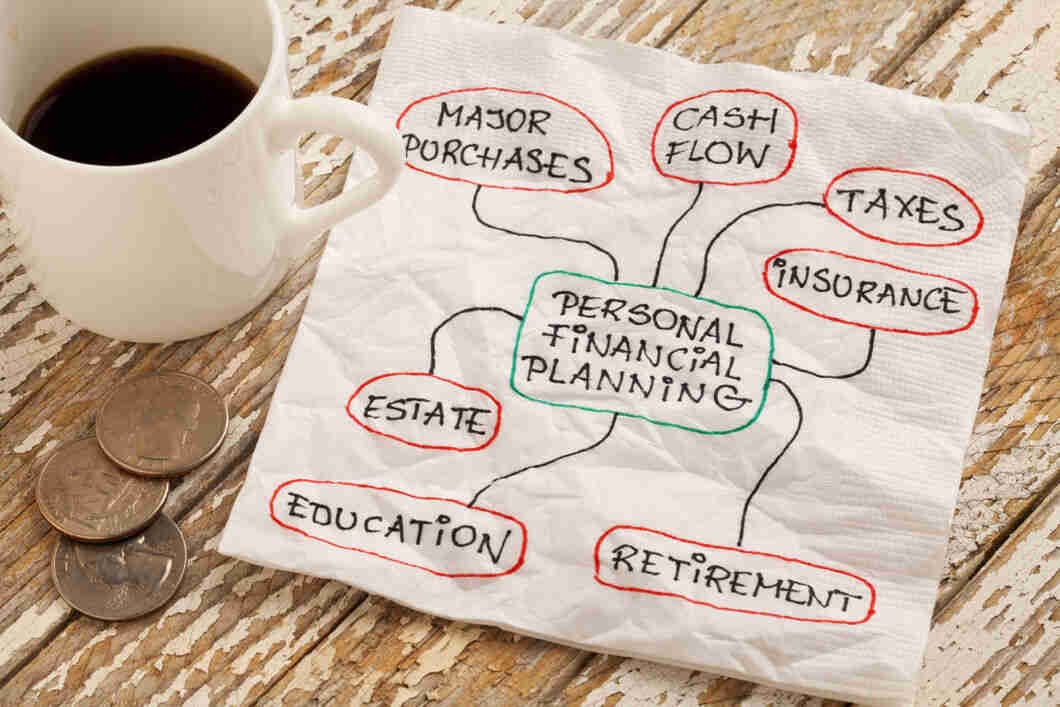Simple Goals, Big Outcomes
Lessons from a pandemic-era financial plan and the road ahead to financial independence at 50
Three Years Later: How That 2020 Plan Played Out
Back in July 2022, I wrote about how, in the spring of 2020, “while everything was seemingly going wrong, I put together a Vision 2025 plan… simple goals and modest projections” that gave me a sense of control during a time of deep uncertainty.
The plan consisted of a lot of things I intended to do. These things took the form of simple goals. They went like these:
In 2020-2021, put away £XX in my ISA
In 2020-2021, put away £YY in my daughter's Junior ISA
and so on. These goals were based on realistic estimates and didn't go over the top. I had one line item for each kind of goal (ISA, SIPP etc) and one for each year for the next 5 years.
That plan, born in the middle of the first Covid lockdown, as I was thoroughly on the back foot, was hardly heroic or ambitious in nature - it was to provide me a structured way of thinking about my financial goals when things were suddenly disrupted.
I created a list of TODOs I would do, itemised to a detailed level, and then projected the outcomes of all of those forward with modest outcomes to see where things would be in 2025. I kept the projections conservative, the growth estimates reasonable, and the goals bite-sized: annual ISA and SIPP contributions, my daughter’s Junior ISA top-ups, and a handful of other line items that I believed I could stick to no matter what the world threw at us.
With the timeline for the original plan up as I write this, it’s time for a candid scorecard. Out of the to-do list I had drawn up in 2020, I managed to complete 88.68% of the items. Not perfect - a few goals slipped (or were substituted with other goals), and life threw its fair share of bouncers - but I’m more than satisfied with the consistency over such a long period.
What surprised me most was not the completion rate, but the outcomes. While I didn’t tick every box, my actual wealth-building results overshot my original projections by almost 1.8×. The reasons?
My original estimates in 2020 turned out to be too conservative.
Certain upsides came out of nowhere — windfalls, market rebounds, and personal opportunities I couldn’t have seen coming.
Of course, both my wife and I are extremely privileged to have had steady employment throughout these 5 years, and that has helped us stick to the basics. I am entirely sympathetic to those who have had derailments.
That said, when I think back to the mindset of 2020 - watching markets tumble, incomes cut, and the world shrink into lockdown - it’s striking how differently the numbers ended up looking. The very act of putting a plan in place back then didn’t just help me steady my nerves; it quietly set the stage for results I wouldn’t have dared to forecast.
Looking Ahead: Target 50
With the success of that plan in the rearview mirror, I’m now setting my sights on the next chapter - a plan that takes me right up to age 50, six years from now. That’s my target age for achieving financial independence - a target date I set for myself rather early in my tech career - mostly because I imagined that rapid change in technology will leave my skills obsolete. In reality, things haven’t turned out as bad and I have managed to continue to upskill and imagine stretching my career quite a few good years into my 50s, but still the target has stuck with me, and seems like a good aspiration to set for myself.
Once again, I’ve kept it simple. This time, I’ve set myself 30 goals - five per year, for each of the next six years. They’re straightforward, measurable, and familiar in spirit:
“Pay down £X of the home loan”
“Contribute £Y to ISAs”
“Increase pension contributions by Z%”
And a few other specific line items that, together, create a clear financial path.
I make some very modest assumptions about how my net wealth will grow (~6% per year) and what future contributions might yield. Laying it out this way gives me a fairly solid idea of where I’m likely to stand at the end of the period - hopefully with financial independence within reach. By then, my daughter would be entering college age, and we might have a clear view of her education costs, assuming we contribute to it at all, removing one of the largest uncertainties in long-term planning.
From that point, I can make an informed choice: step back into early retirement or keep going because I enjoy the work. The key, as always, is that the decision will be mine to make - not one forced by circumstances.
If the last few years taught me anything, it’s that the combination of simple goals, realistic projections, and persistence can carry you through storms and, sometimes, even beyond your own expectations. This also means I don’t have to chase returns or yields - discipline far outweighs adventure, when it comes to personal finance. Back in 2020, I was making a plan to survive a crisis. In 2025, I’m making a plan to choose my future.
With that note, Happy Investing!
Disclaimer: I am not your financial advisor and bear no fiduciary responsibility. This post is only for educational and entertainment purposes. Do your own due diligence before investing in any securities.





